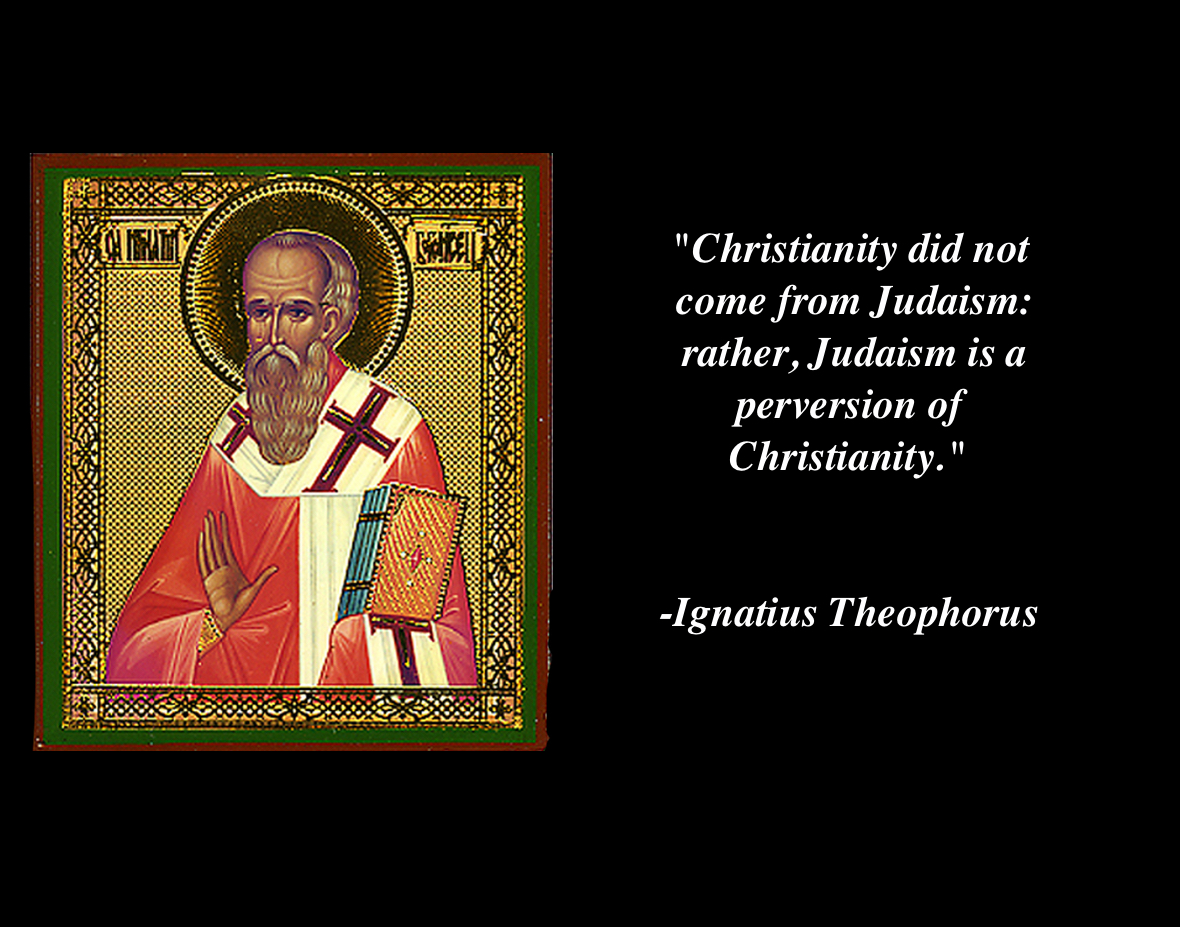The word ‘jew’ is a modern word. It’s only been around for a few hundred years so when we talk about jews in ancient times, we cannot use the modern moniker we thoughtlessly use today. In doing so, we mistakenly link modern day ‘jews’ to the people of the Bible, the descendants of Judah.
The word jew comes from, depending on what language we are using, ‘Judean’, which was a person who dwelt in the land of Judea.
If I move to Japan, does that make me Japanese? Thankfully not, and as such, we can say the same thing for the people who moved to the southern part of ancient Palestine in the days of John Hyrcanus. Josephus informs us that it is he that is responsible for bringing in this mixed multitude(mostly Edomites) and forcing them to convert to the laws of Moses, what we later call Christianity.
Later in the 2nd to 6th century A.D., the term Judaism was applied to the religion of these Edomites(Idumea), Canaanites, and Pharisees, just like they hijacked the word “jew” so they could pretend to be the people of the Bible.
This is also why they include the Torah in their “holy” book, their ultimate source of Pharisaism(modern day Judaism), the Babylonian Talmud. It’s Identify theft; they need some truth in their books to push their lies and deception. Continue reading “Origin Of The Word “Jew””



